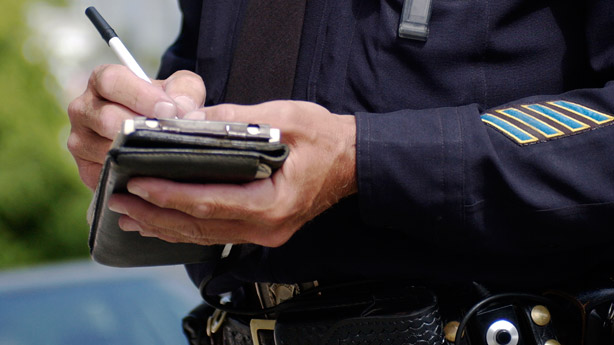5 Steps to Take in the Aftermath of a Photo Ticket
Photo tickets, or red light traffic tickets, are mailed to you after a camera has captured the image of you in your vehicle speeding, running a red light or stopping in a crosswalk. The state will mail you a citation along with a copy of the photo. Included will be the amount you’ll have to pay in fines, which can be high.
Step 1. Examine the Ticket
CDL Consultant said, “You should carefully examine the ticket to ensure that it’s real.” Scammers can send fraudulent tickets to get people to pay huge fees. They can be used for fraud as well as identity theft. Contact the department issuing the ticket to be sure it’s a real ticket. All the information on the ticket should be accurate and your name and address should be correct.
Step 2. To Pay or Not
The next step is to decide whether you’re going to pay the ticket or fight it in court. You have to have a legal standing in order to fight the ticket and win. If you decide to fight the ticket, you’ll be given an arraignment date. This isn’t the date where you’ll fight the ticket. This is an arraignment where you’ll enter a not guilty plea. The date will be set for your hearing at this time.
Step 3. Ask for More Information
You can ask the prosecutor for more information about your case with a Request for Production. It might also be called a Discovery Request in your location. You’re allowed to know the evidence the court is using against you. The prosecutor has a certain number of days to send that information to you. The evidence could include pictures or witnesses for you to examine. Keep detailed notes about when you filed the Discovery Request.
Step 4. Fight the Ticket
Once the prosecutor sends you that information, start an examination of the alleged proof. Look at each piece of written evidence carefully to see if there’s information missing or incorrect. Check the photograph to be sure it clearly shows you behind the wheel. A blurry or out of focus photograph could be grounds for a dismissal of the charges. If you weren’t driving the car, and the photos show that you’re not driving, the charges can be dismissed too. Visit the scene and take notes to find evidence to fight the charges. You should have a clear defense if you’re fighting the ticket. In some states, photographic speed cameras are illegal, so you might have that on your side.
Step 5. Appear in Court
When you’ve asked for a court date to fight the charges, the judge will expect you there on time. You might even spend the entire day in the courthouse, so be prepared for that. Yours will not be the only case heard in the courtroom. Have all your evidence with you including the date of the Discovery Request in case the prosecutor didn’t send you the documents. You can get the case dismissed if records didn’t show. You’ll need to appear in court ready and willing to defend yourself. The prosecutor will lay all the facts in front of the court, and you can’t interrupt. You’ll have a chance to speak. It might help to rehearse your arguments ahead of time.
After hearing your side, the judge will rule on whether you should pay the fines. Even if you had a clear argument, the judge might not side with you. At this point, you’ll have to pay the fine. If you win the judgement, the court will dismiss the charges, and you won’t have to pay the ticket. With the right argument and evidence to back up your assertions, you might be able to fight a photo ticket successfully.


















